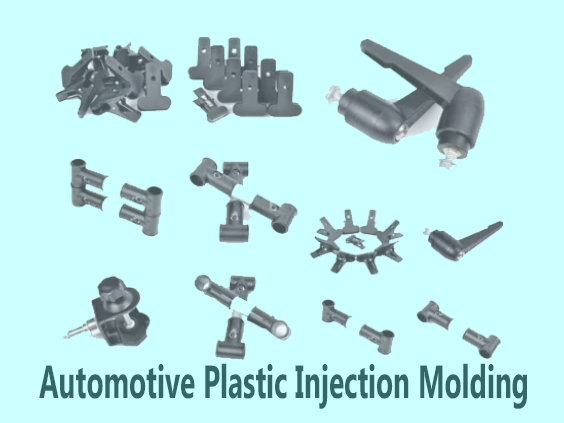- Home
- About Us
- Products
- Injection Molding Machine
- Servo Type Injection Molding Machine
- Ram Type Injection Molding Machine
- Electric Molding Machine
- PVC Injection Molding Machine
- Pet Injection Molding Machines
- Thin Wall Injection Molding Machine
- Multicolor Injection Molding Machine
- Standard Injection Molding Machine
- High Speed Injection Molding Machine
- Two platen Injection molding Machine
- Hybrid Injection Molding Machine
- Rotary Injection Molding Machine
- Blow Molding Machine
- Injection Molding Machine
- Applications
- Event
- Enquiry
- Careers
- Contact Us

